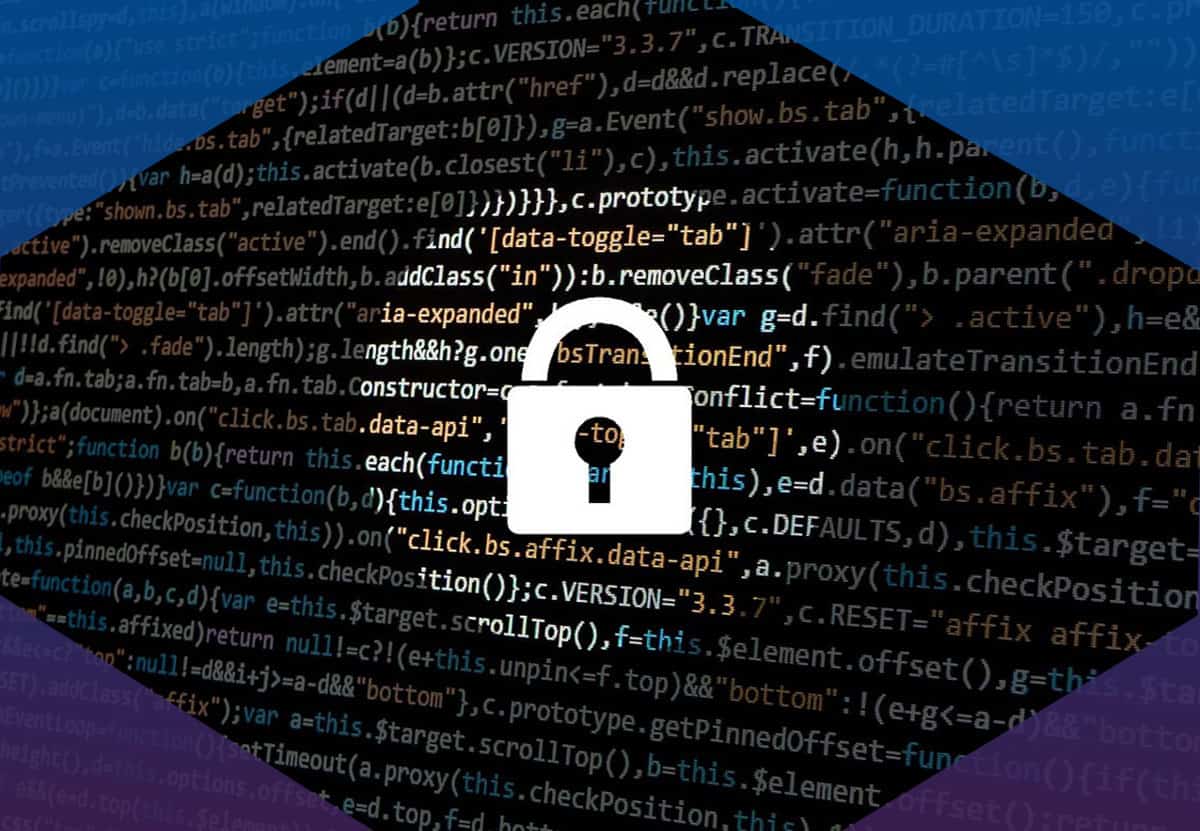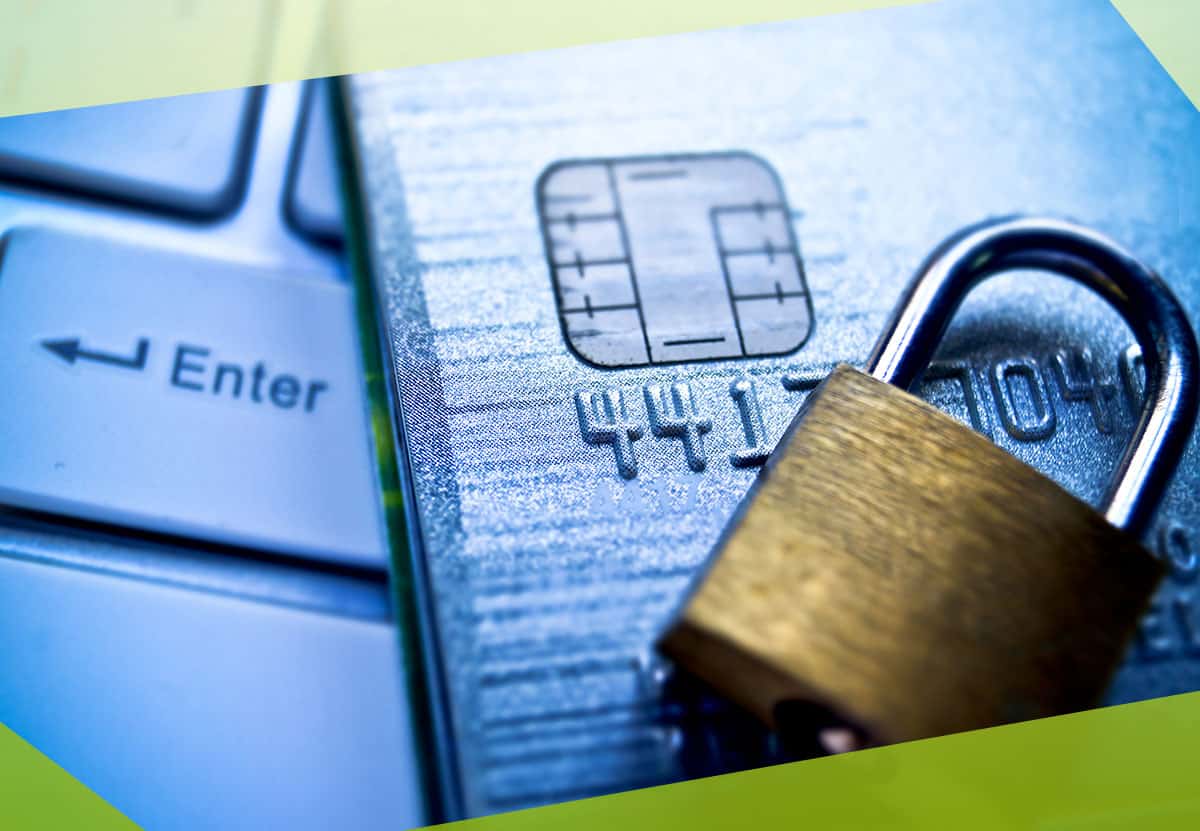What Will You Do When Ransomware Holds Your Business Captive?

Anne Neuberger the Deputy Assistant to the President and Deputy National Security Advisor for Cyber and Emerging Technology released a memo, “What We Urge You To Do To Protect Against The Threat of Ransomware,” detailing what both public and private businesses should do to combat the ransomware threat. Read now to learn cybersecurity best practices […]
Byte-Size Tech: Recovering from a Hack Can Be Pricy

https://vimeo.com/540757857 Libby Powers and Ben Fairbanks of Anderson Technologies dive into a recent new client’s story. This non-profit struggled to deal with a hack of their former server and needed a comprehensive IT solution in one vendor. Now, with a solid foundation, they know their data is protected. Related Reading What Is Managed IT Services? […]
Good Sports: Partnering with an MSP after a Disruptive Hack

https://vimeo.com/572233720 Even if a hack doesn’t bring operations to a screeching halt, the impact has ripples that affect productivity, effort, and an organization’s approach to cyber security and IT. After suffering a breach of their legacy server, a sports nonprofit based in Pennsylvania reached halfway across the country for the right solution. “At the end […]
Collection #1 Security Breach

Here at Anderson Technologies we like to keep our clients updated on the latest cyber security news. We’ve covered such breaches as KRACK and the Equifax hack in the past, and now we’re reporting on a breaking data breach called Collection #1, which affects nearly 2.7 billion emails and password combinations. What Exactly Is the […]
Don’t Hold the Door Open for Cyber Criminals

Here in St. Louis, you’re likely to hear people saying they’re heading to Bread Co. for lunch, even if Panera is the sign above the restaurant. That’s because to St. Louisans, Panera will always be Saint Louis Bread Company. But recently, residents were relieved the St. Louis name wasn’t attached to Panera’s recent cyber security […]
Equifax Hack Updates: What You Can Do NOW to Keep Your Credit Safe

It has been over six months since the massive hack of credit monitoring company Equifax, and over three since the attack was disclosed. We now know that 145 million Americans (and 15.2 million Europeans) have been affected. Due to the data stolen—names, social security numbers, addresses—the victims of the Equifax hack must be wary of […]
KRACKed: The Fissure in Wireless Security

Internet surfing on mobile devices has seemed relatively safe since the 2001 Wi-Fi security protocol update and the advent of wireless data encryption. The WPA2 encryption standard mostly shielded us from being hacked on our private networks. However, new research from Belgian cyber security expert Mathy Vanhoef exposes a threat that proves our false sense […]
Equifax Hack 101: What You Need to Know to Keep Your Credit Safe

Credit plays a ubiquitous role in our lives. What can we do when the systems we trust fail us? Corporate cyber security breaches are more common than many people realize. The recent headline-making Equifax data hack affects upwards of 143 million Americans, making it one of the largest risks to personal information to date. This […]

